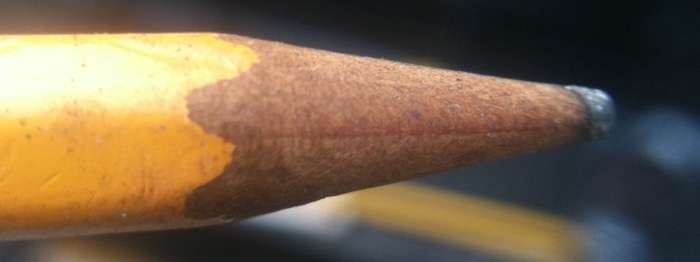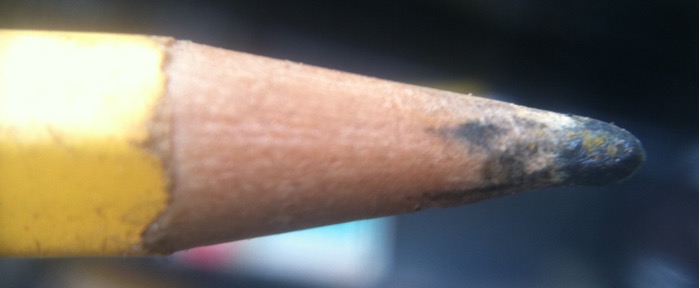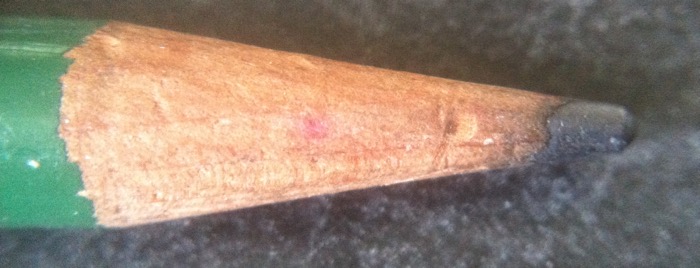Between puffs on his pipe, Sherlock Holmes alluded to various obscure monographs he was working on: “My dear Watson, this reminds me of a study I’ve been putting together, Upon The Distinction Between the Ashes of the Various Tobaccos.”
During his career, Holmes privately published about twenty different monographs, including
The Typewriter and its Relation to Crime
On the Polyphonic Motets of Lassus
On the Surface Anatomy of the Human Ear
His intimate knowledge of these kinds of trifles enabled Holmes to crack dozens of “unsolvable” cases. As you can imagine, the monographs were issued in very small numbers, and they almost never appear on the collectors’ market. A fire-damaged copy of Upon the Uses of Dogs in the Work of the Detective was auctioned by Ancient & Modern in 1973 for $ 22.1 million. No other sales of Holmes’s work have been recorded since 1918.
In one of his most monomaniacal studies, Holmes focuses on “cone patina,” his term for the discoloration of the exposed wood on a pencil. To be precise, “patina” refers to the tarnishing of metal surfaces due to oxidation, but the word is often used loosely–to describe wear, fading, staining, anything that makes an item other than brand new.
I have been looking for The Uses of Cone Patina in the Forensic Arts for over a decade, and nearly wept with joy when I was recently contacted by an individual who has access to one of the three known copies. Though I was not allowed to photograph or quote from the work, I did have a few precious hours to look it over.
As a result, I can now inspect the exposed cedar on a pencil and tell you the age and occupation of its owner, what kind of coffee they prefer, and how they murdered Colonel Mustard.

Visible seam and even darkening to the cone. Owner worked in clean, high temperature environment. Meth lab chemist or Shrinky Dink artist.

Small depressions and fingernail-gouges to lead end of cone. Graphite ground in. Some perspiration stains to the hind-cone. Nervous owner. Gambler?

Bands of graphite dusting to the cone. Owner was a frequent sharpener and “twirler.” Also note: Two small, clean impressions to the hind-cone. Architecture student.




Sent me to my drawers investigating…but I got nothin
Do you have a large magnifying glass?
That’s actually so awesome how much you can tell about a person just from their pencil cone
Fascinating, but you neglected to acknowledge two important standard works in the field: Donleavy’s Lignum Oracle [The Wood Oracle, London, 1728; reprinted by Dover Publications, 2006] and Mendelson’s Graphite Sandwich [Secaucus, New Jersey, 1937], which includes a detailed account of how pencil-point patina proved crucial in determining that the Hindenburg explosion resulted from an errant poke by a well-sharpened Koh-i-Noor HB.
You are correct, sir. Thank you for sharing. Though there is still some debate about how “errant” that poke was, and if the Koh-I-Noor was, in point of fact, a 2H.